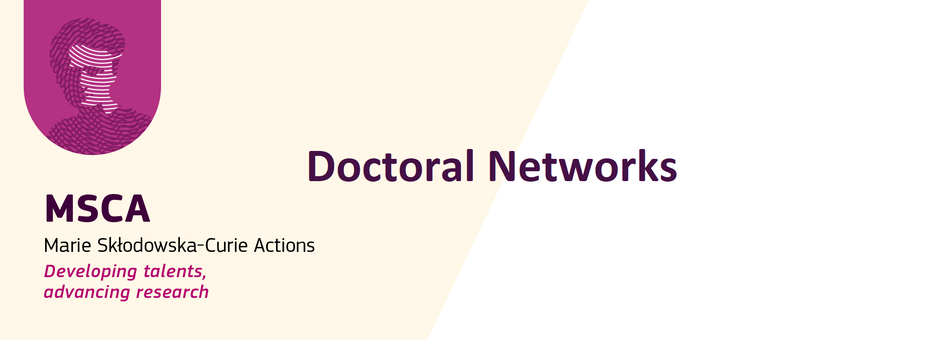ExpectedOutcome:
The expected outcomes of this topic will enable flexible satellite Earth-observation end-to-end systems, including the ground segment subsystem with explicit aspects of ground control centres and operations, as a strong subject of the "new space" and a very dynamic market environment with high potential. Competitiveness will be strengthened by providing growing capacity, as well as flexibility and agility to face uncertainties and market evolutions and improving system availability and latency to deliver high-quality experience to end-users.
Projects are expected to contribute to one or several of the following outcomes:
- Maintain the worldwide leadership for Earth Observation system by 2028 addressing (1) reactive very high resolution and (2) smart persistent (up to video) Earth observation.
- Short to medium term disruptive development and maturation of key technologies (up to TRL6) for high performance Earth-observation.
- Contribute to EU non-dependence for the development of Earth-observation technologies.
- Ground segment that meets the increased demand for data rates and volumes, satellite constellations, higher frequencies, multi-mission data with increased needs for data fusion, AI techniques and infrastructure security.
- A European demonstrator mission by 2026-27, showcasing EU technologies in preparation of an IOD/V:
- Reduction by 50% the cost of sub-metric missions by 2027
- Image acquisition at below 50cm resolution anywhere in less than 1 hour from the user request
- Drastic time reduction between user request and image availability
- Preparing the ground segment subsystem for future modular, flexible and intelligent satellites.
Scope:
The areas of R&I, which needs to be addressed to tackle the above-expected outcomes are:
1) R&I on end-to-end systems, in particular addressing aspects such as enhanced end-to-end system autonomy or accelerating AIT processes for small/medium series production.
2) R&I on observation payload, in particular addressing technologies and concepts for detectors and sensors, radar and optical (including IR/night capabilities) leading to e.g. very high resolution at lower price and persistent observation up to video, as well as satellite and platforms with on-board autonomy for data storage and image processing for end-to-end performance.
3) R&I on scalable, automatable, flexible and resilient multi-mission solutions for ground segment able to be adapted and operate efficiently in complex scenarios, which are necessary for enhanced autonomy for fleet management and flexible mission planning. Proposals should consider enabling technologies and solutions aiming at exploiting the potential synergies between the Earth observation, satellite communication and on-orbit services domains.
Proposal should address only one area. To ensure a balanced portfolio covering the three areas described above, grants will be awarded to applications not only in order of ranking but at least also to one proposal that is the highest ranked within each area, provided that the applications attain all thresholds.
Proposals are expected to promote cooperation between different actors (industry, SMEs and research institutions) and consider opportunities to quickly turn technological innovation into commercial use in space.
Proposals under this topic should explore synergies and be complementary to already funded actions in the context of technology development at component level. In particular, the topics: Critical Space Technologies for European non-dependence (H2020 SPACE-10-TEC-2018-2020, H2020 COMPET-1-2014-2015-2016-2017); Earth observation technologies (H2020 COMPET-2-2017, H2020 EO-3-2015, H2020 SPACE-14-TEC-2018-2019). Furthermore, activities must be complementary to national activities and activities funded by ESA, while contributing to EU non-dependence.
In this topic the integration of the gender dimension (sex and gender analysis) in research and innovation content is not a mandatory requirement.
Specific Topic Conditions:
Activities are expected to achieve TRL6 by the end of the project – see General Annex B.
Cross-cutting Priorities:
Digital Agenda





